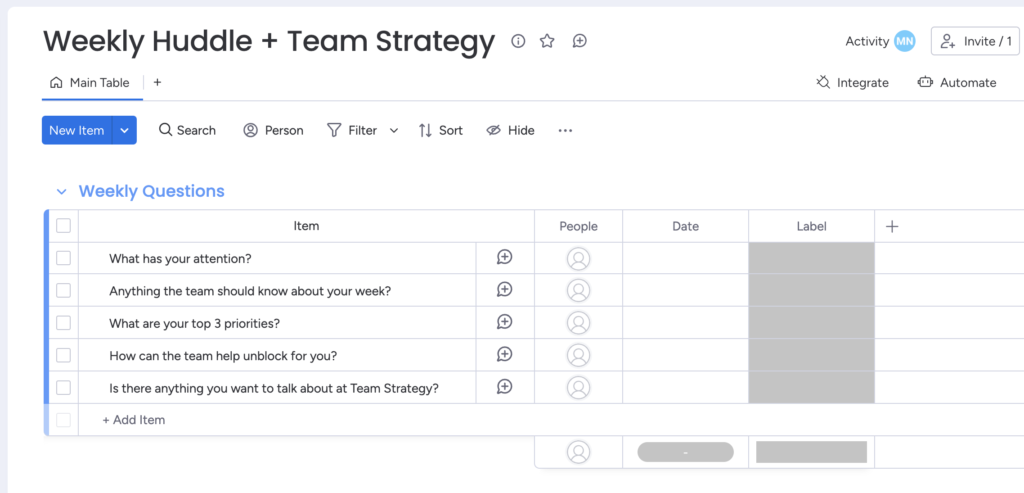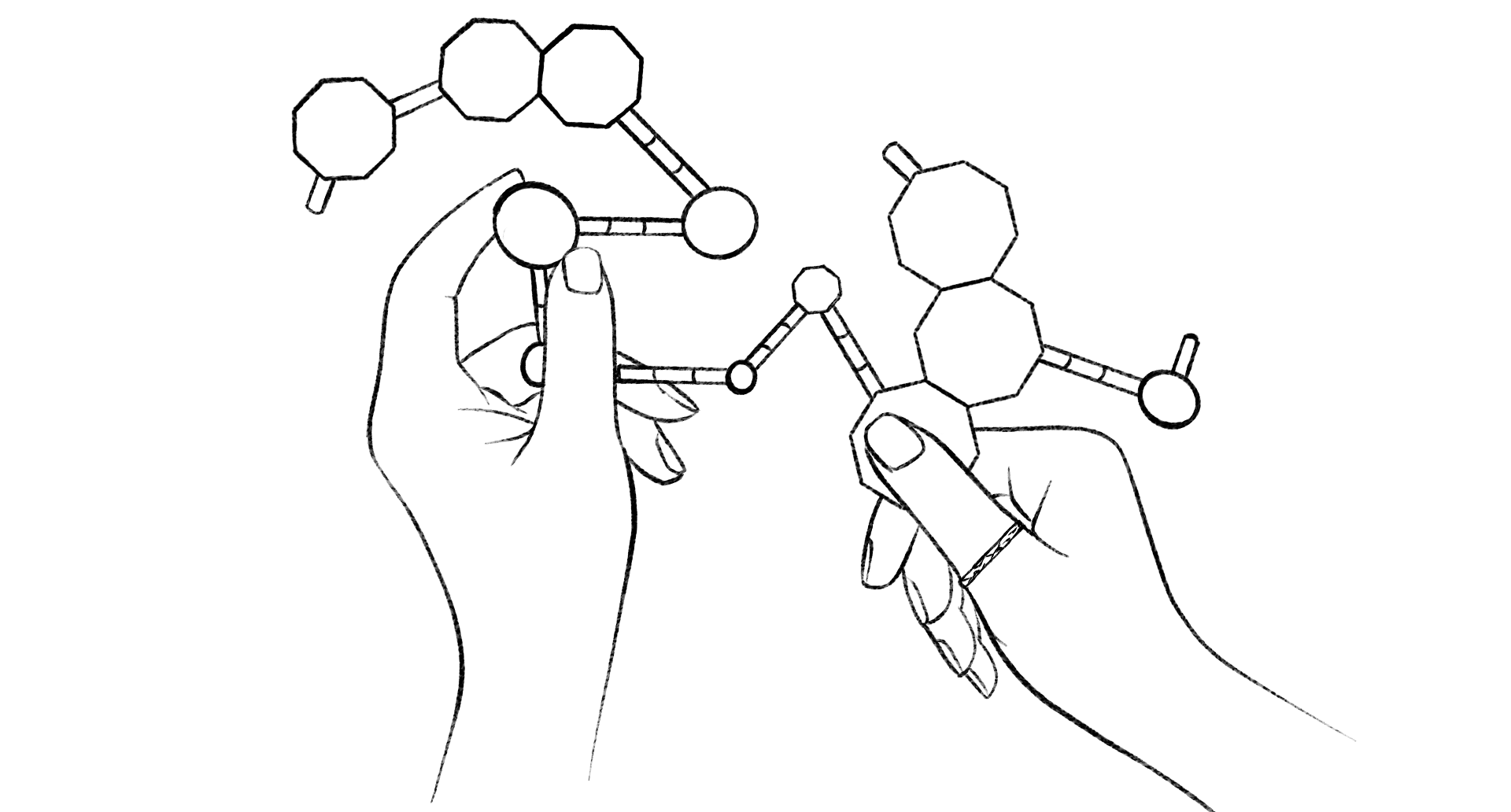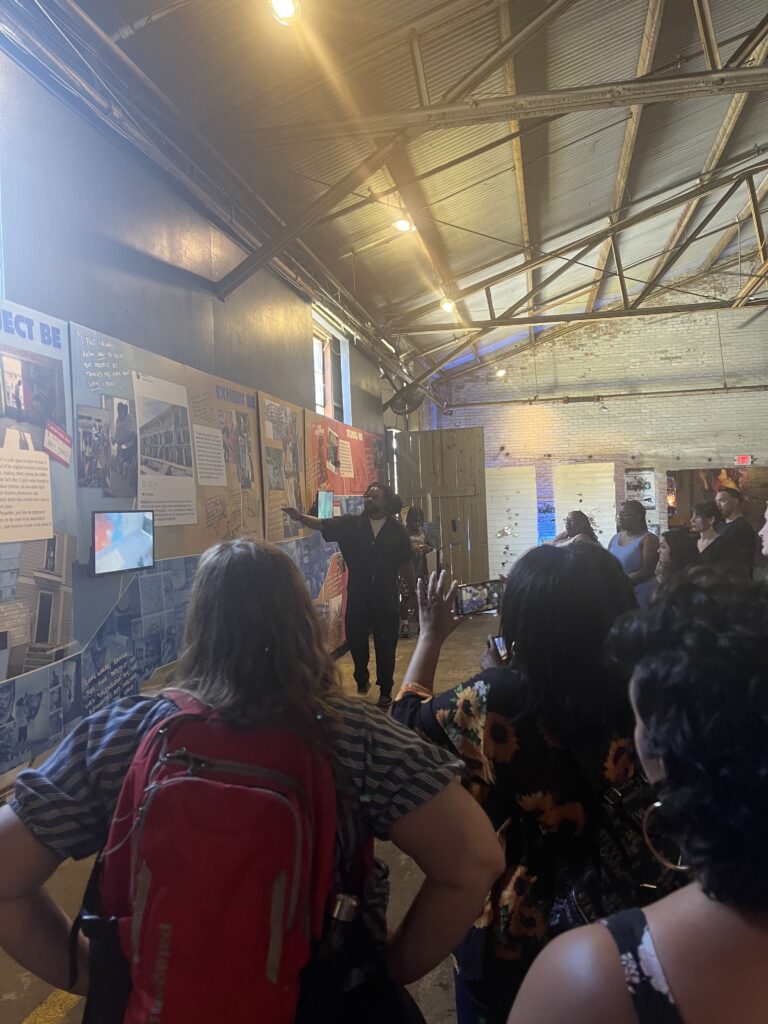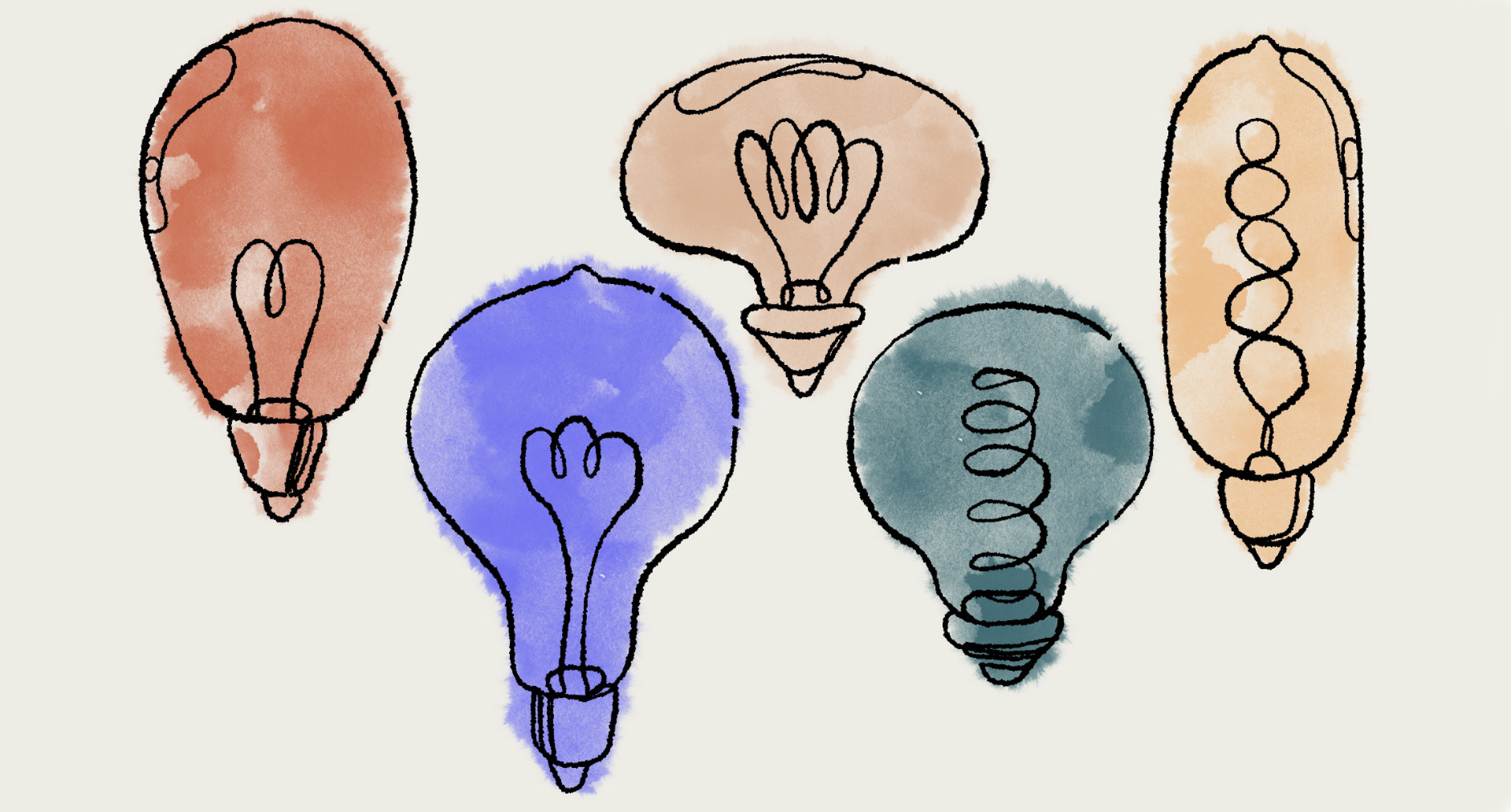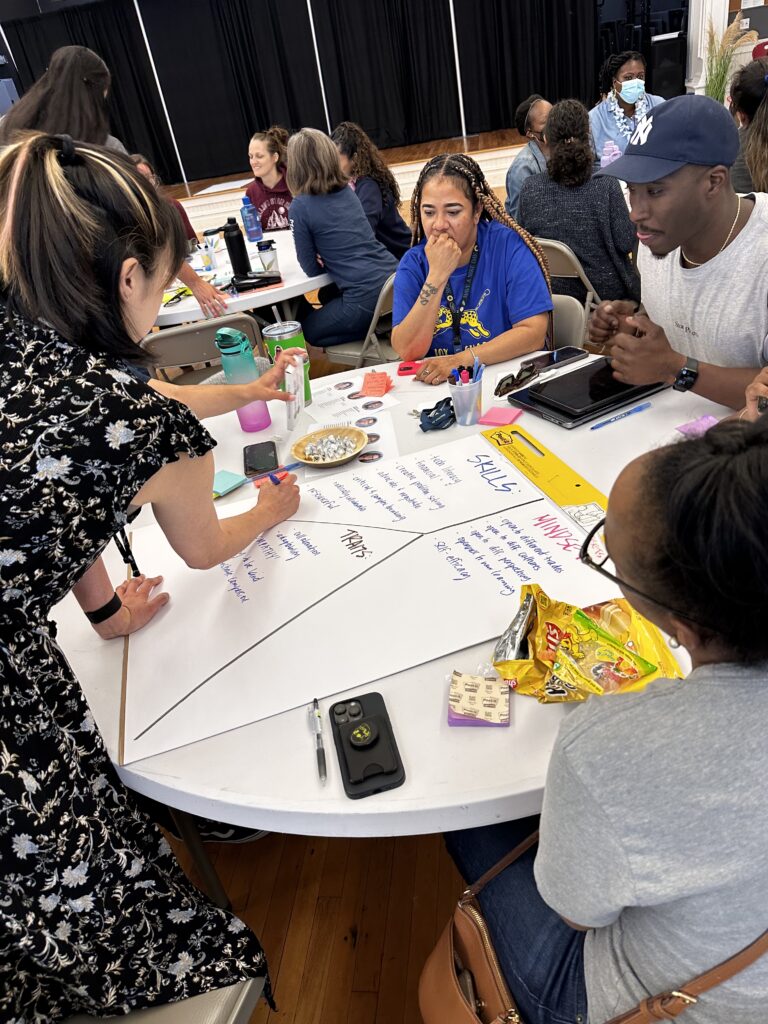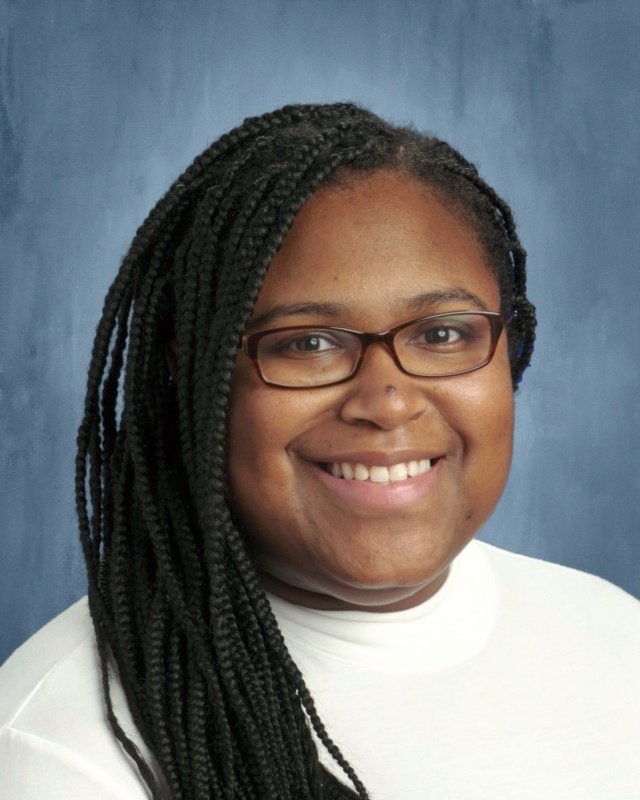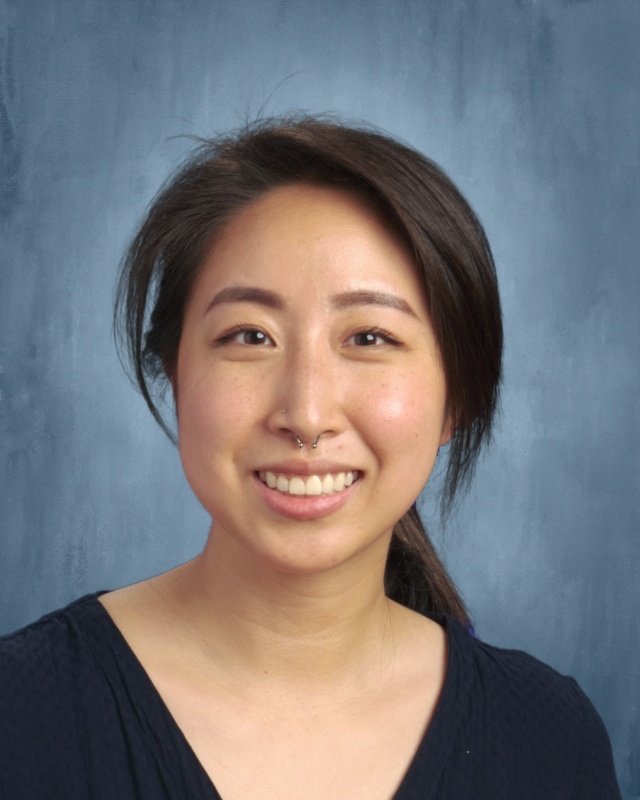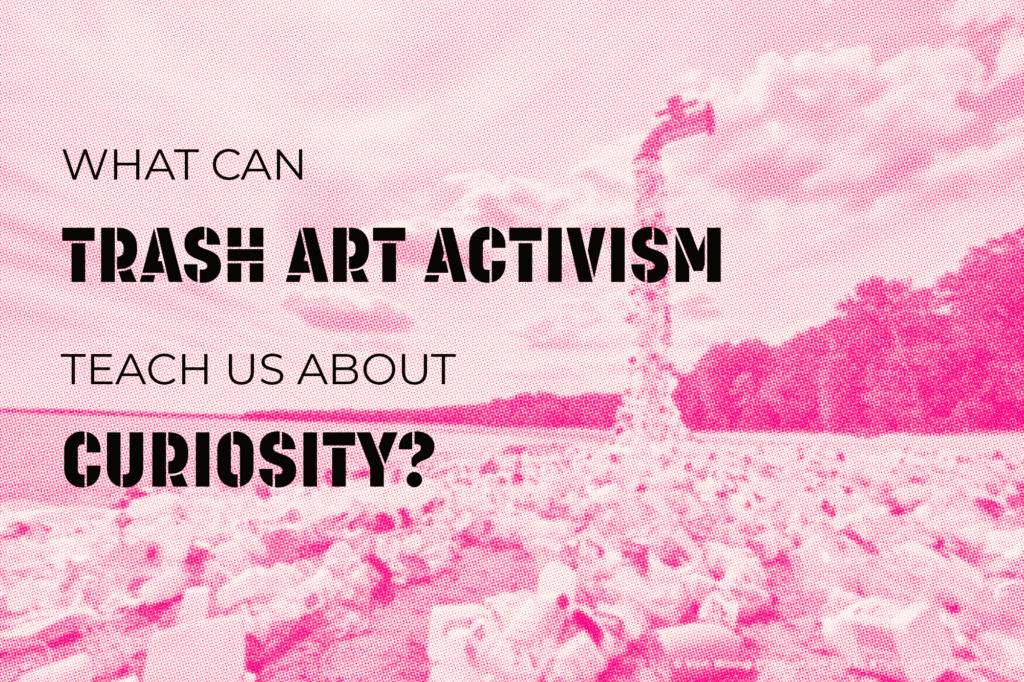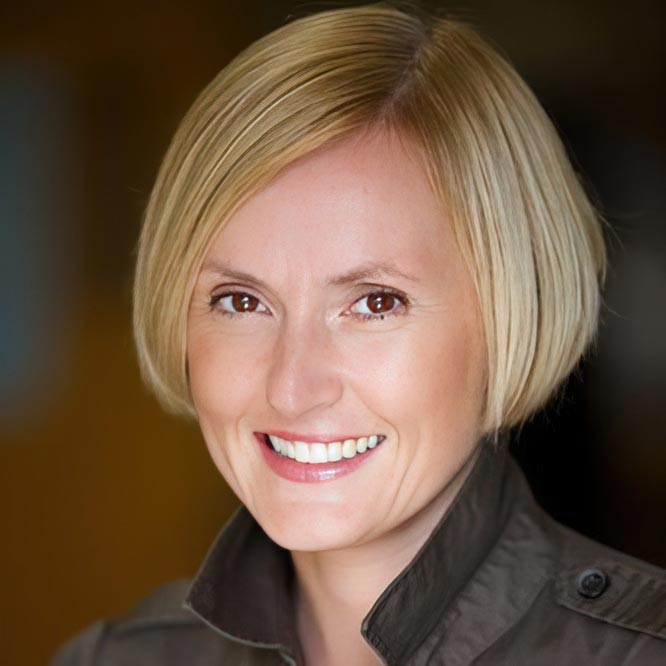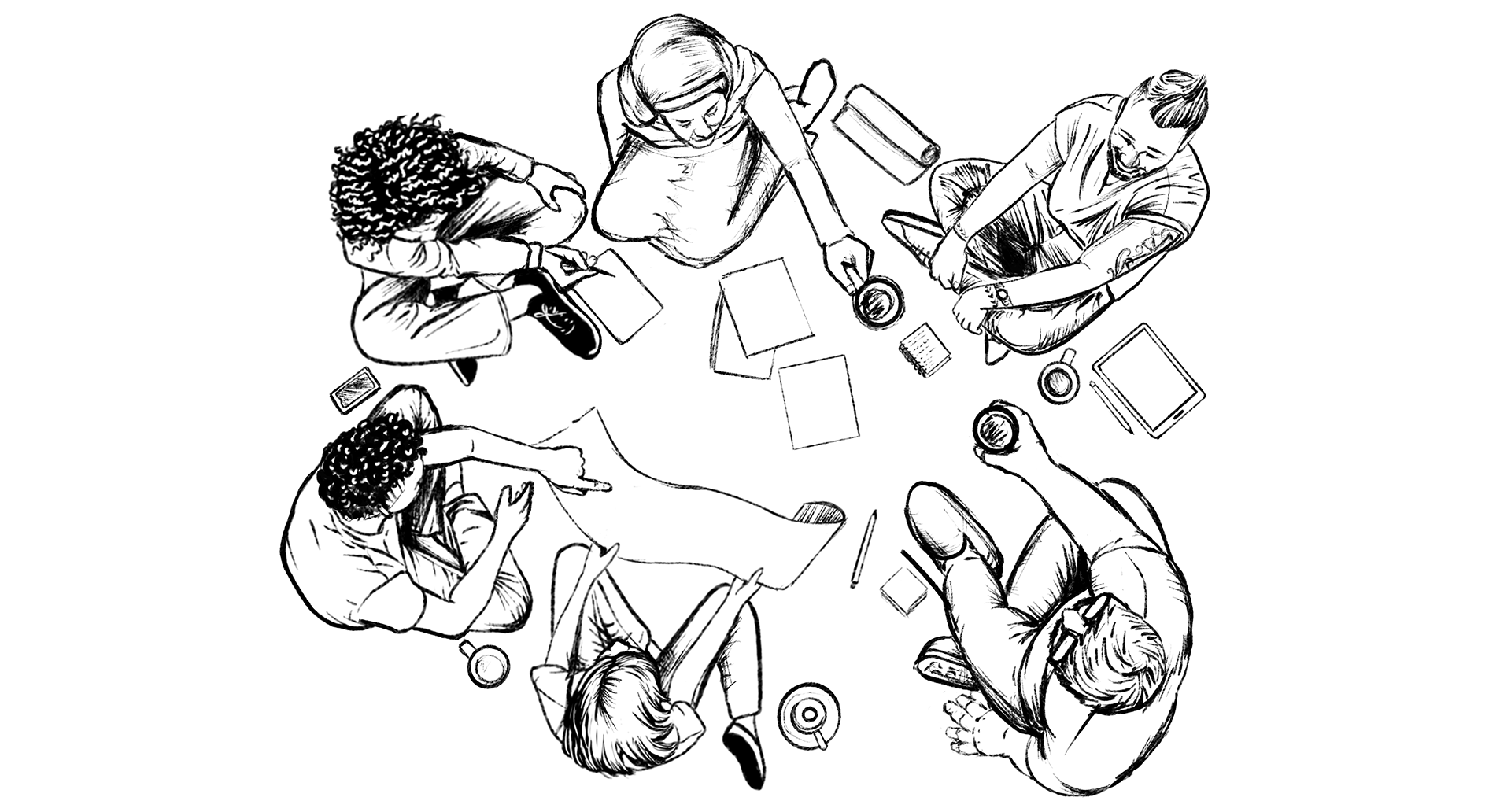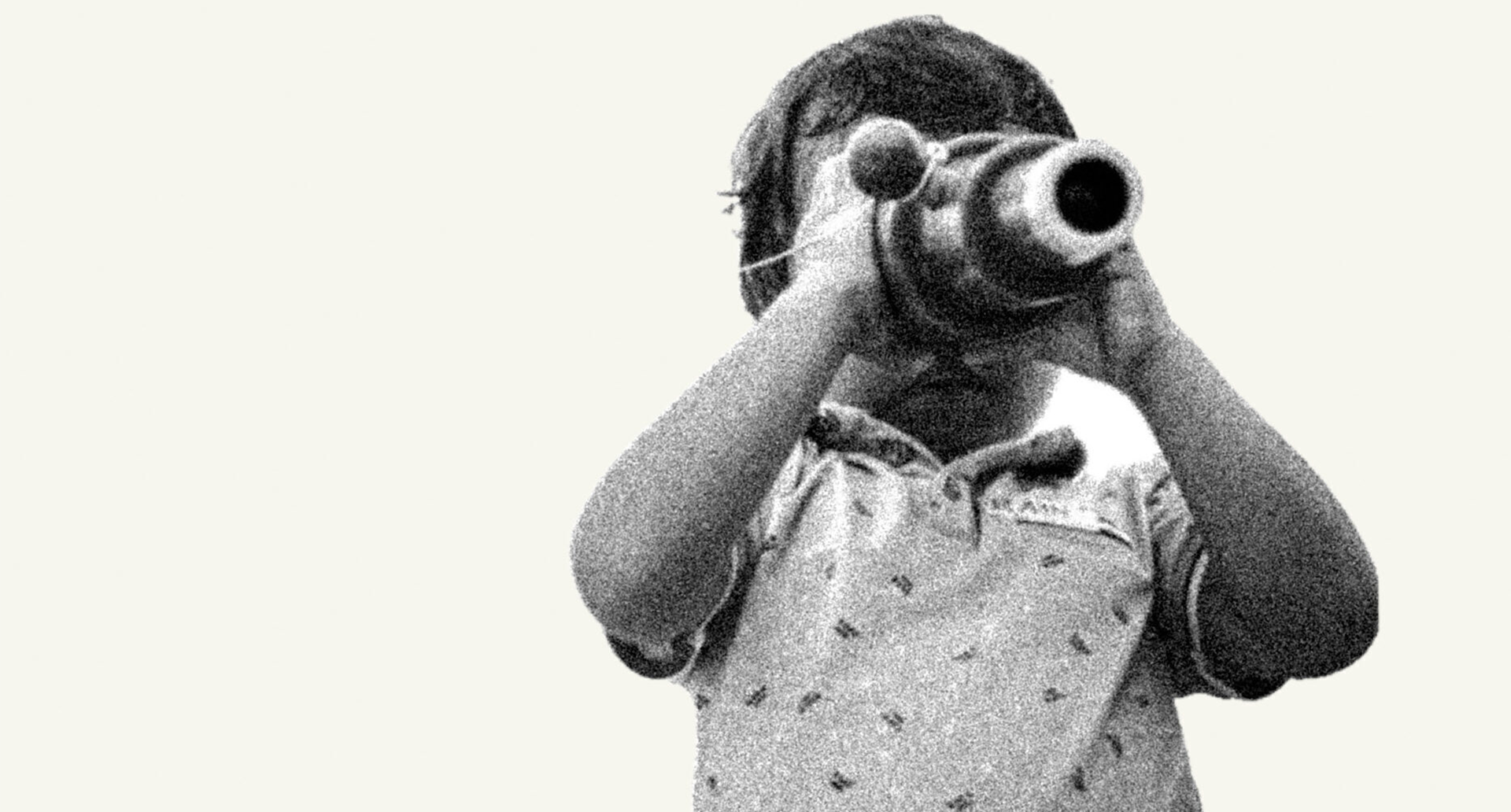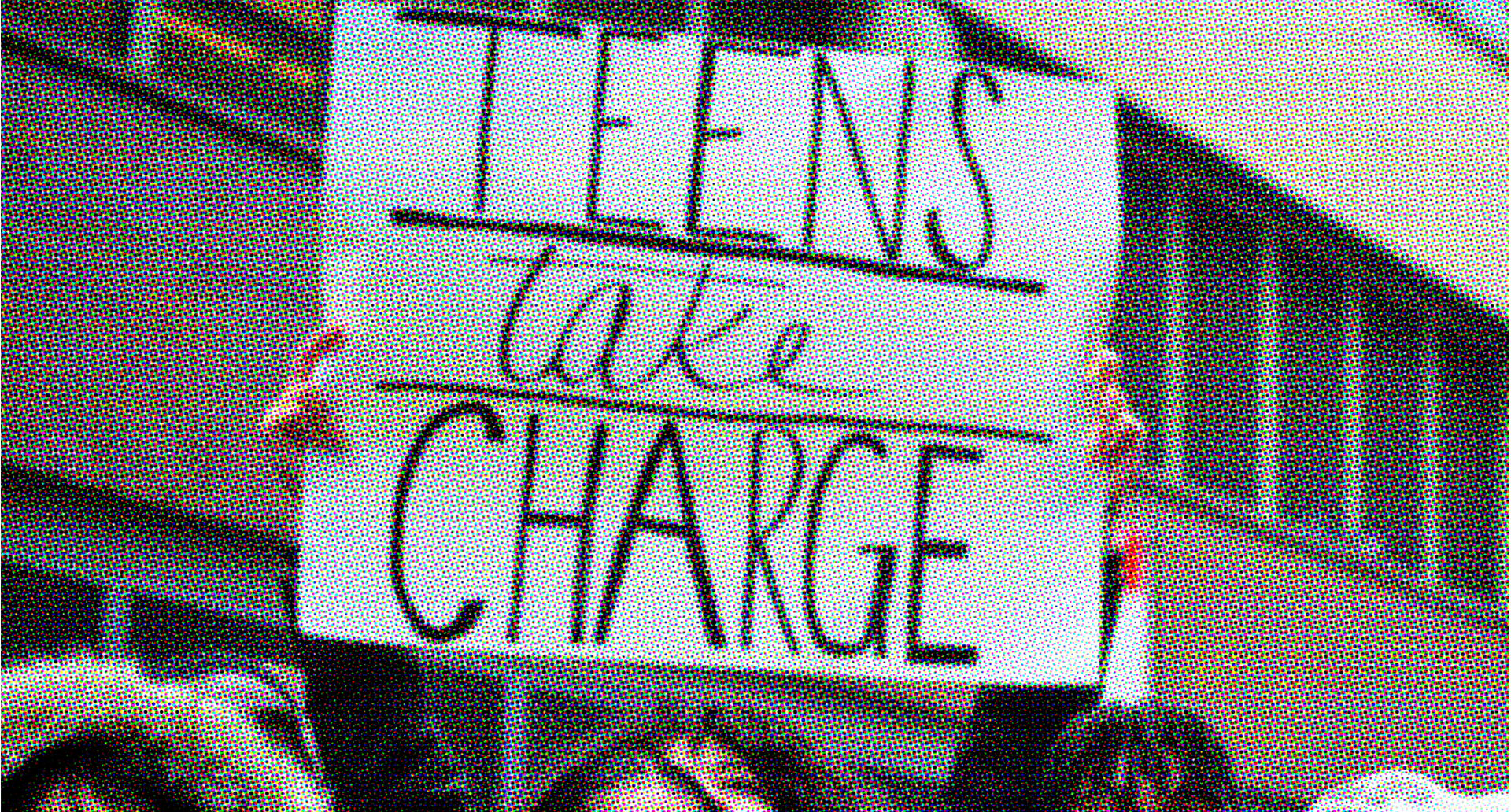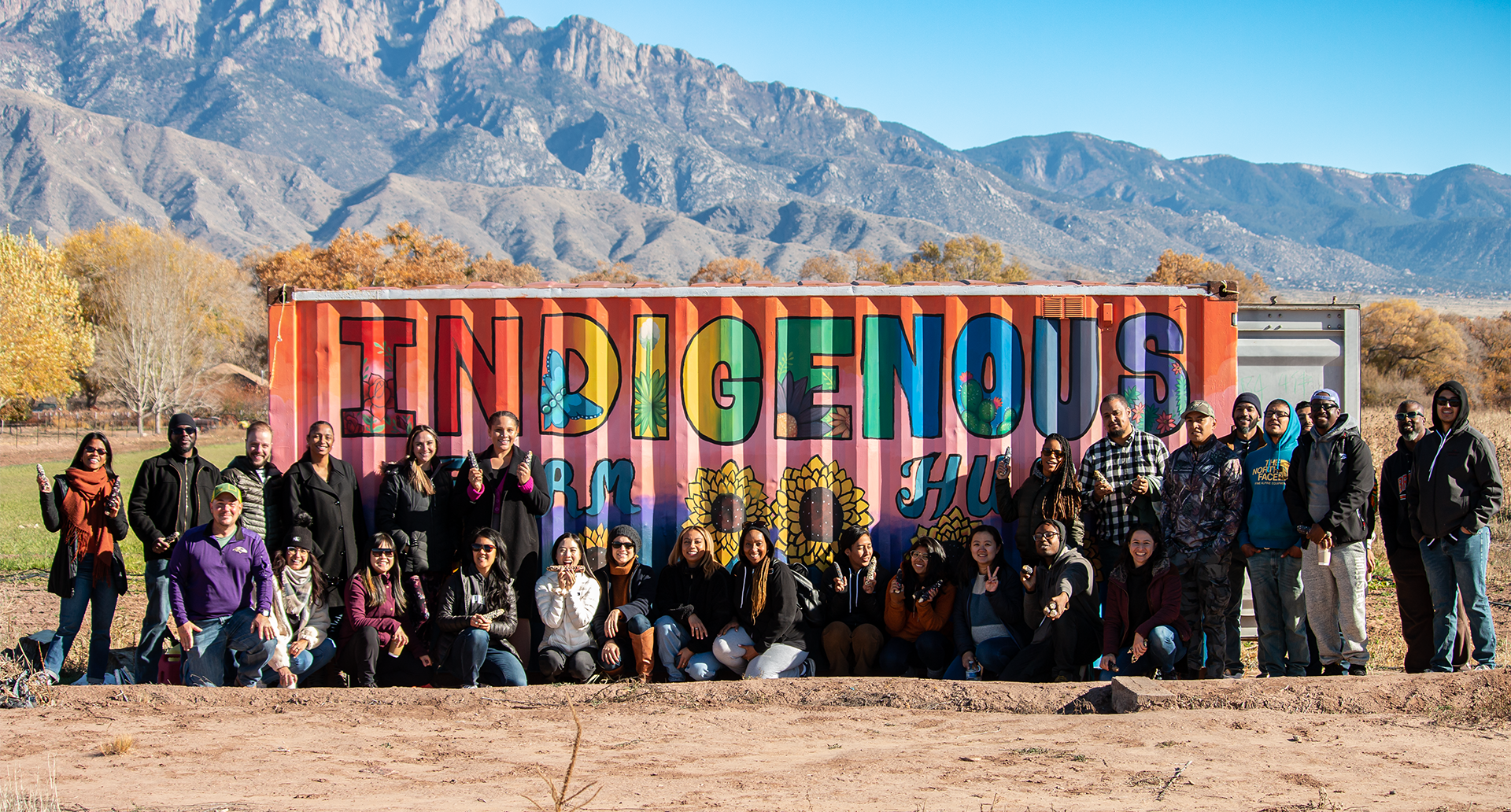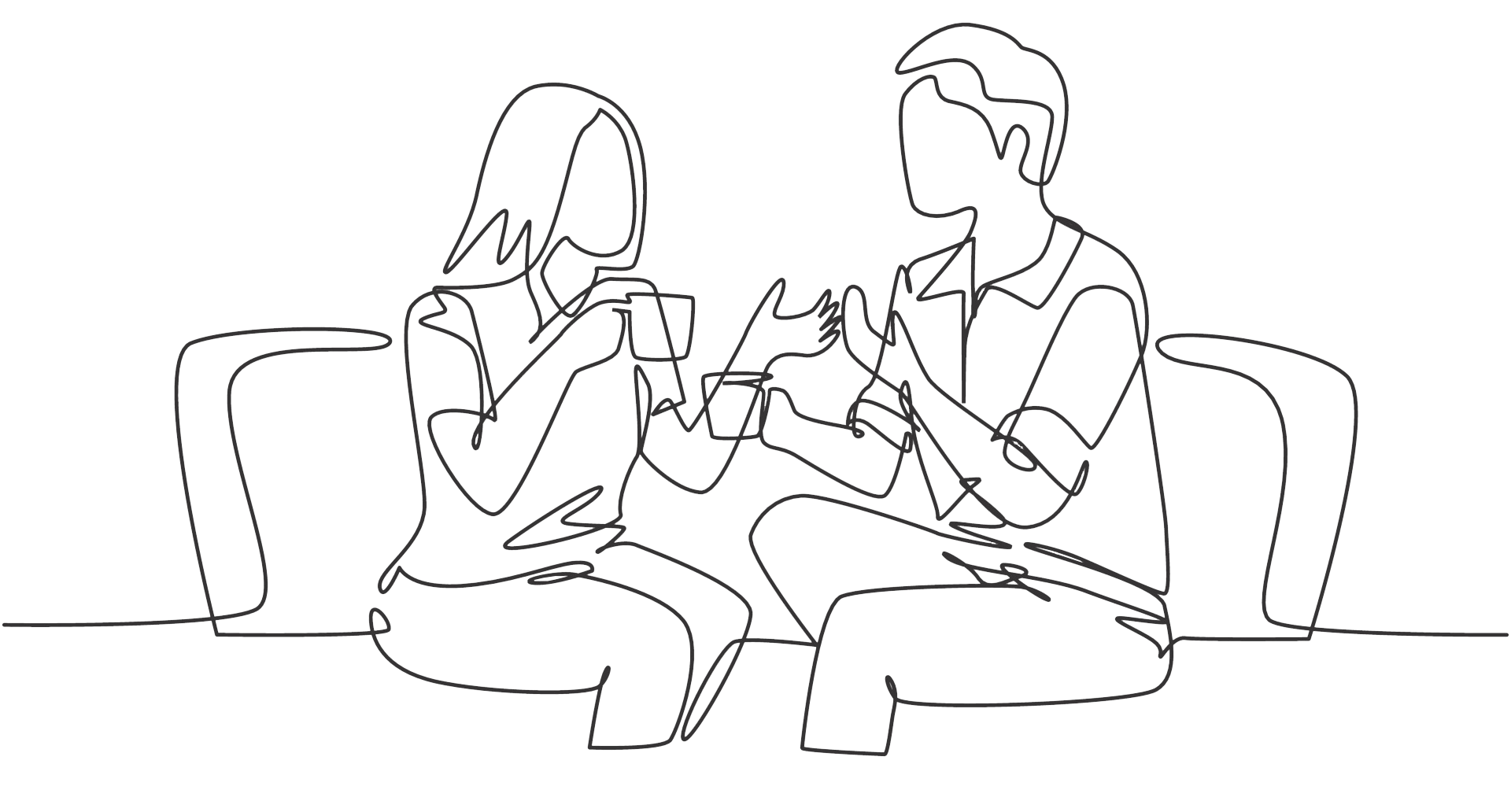Each virtual gathering we lead is an opportunity to create an "alternative world."
To me, December means we’ve entered peak gathering season. We spend lots of time coordinating holiday plans and getting ready to gather for our final celebrations of 2023. With family and friends all over the world, unfortunately there are gatherings I’ll have to miss. But there’s one I’ve boycotted since 2022: the virtual happy hour.
The pandemic was a harrowing time for us all, and to me the “virtual happy hour” calendar invite triggers pandemic-level dread. Borne out of a need for close connection without being close, the virtual happy hour started with good intentions. In practice, though, it still means I’m drinking alone in front of a computer screen.
Happy hours done in-person are casual gatherings, a great way to float from one unstructured conversation to another. They THRIVE on rambunctious interruptions. When we try to replicate this experience online, we’re left with mute button malfunctions and awkward apologies when you’ve spoken over another person as you tell your joke for the second time because somebody interrupted you. Cringe.
Those of us who work virtually have learned: designing and pulling off an awesome virtual gathering is a new art form. A virtual host can make or break the experience. At Franklin Street, we take that role very seriously. As hosts, we meticulously plan for every kind of virtual interaction — 30-minute update meetings or 2-hour workshops — because we want our participants to walk away feeling like the time they spent with us was purposeful.
In Priya Parker’s book The Art of Gathering, she writes about the importance of not being a “chill host.” To explain this, she describes her experience in a class on “adaptive leadership” at the Harvard Kennedy School in which the professor, Ronald Heifetz, discreetly enters class on the first day of school without acknowledging students. The start of the class comes and goes in continued silence, building collective nervousness among the students. Eventually, students speak out in frustration.
Parker explains that being “chill” about hosting assumes we’re allowing participants to feel a sense of freedom. Instead, if we as hosts don’t create guardrails for a gathering, we undermine the purpose of the gathering by creating confusion and uncertainty.1 (It should be noted that Dr. Heifetz actually creates uncertainty on purpose because its part of his learning objective. But that isn't the case for most of us!)
"If we as hosts don’t create guardrails for a gathering, we undermine the purpose of the gathering by creating confusion and uncertainty."
When we think about guardrails for gatherings, we might visualize restrictions or rules. You might ask, “What uptight person creates rules for a gathering??” At The Inspiration Project’s October session on ART SCHOOLS we considered how shared rules, when aligned with a specific purpose — like fostering creativity in the classroom — can help to create a shared experience or environment for participants that is conducive to learning. Look at these rules by Lynda Barry, who teaches Interdisciplinary Creativity at the University of Madison-Wisconsin.2
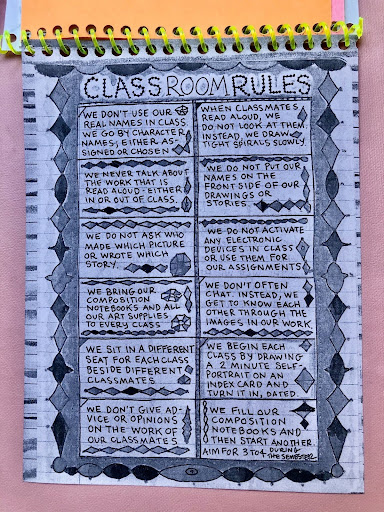
By following these agreements, artists can make art without judgment, thus creating an “alternative world” where they can take risks in their creativity. Imagine if we used similar rules for our gatherings with loved ones. I know of a few critical family members who’d do well following the rule “we don’t give advice or opinions on the work [or lives] of our classmates.”
When we think about a virtual gathering at Franklin Street, there are simple hosting rules we assume for any meeting’s purpose:
- Seek inspiration and draw connections,
- Balance comfort with challenge, and
- Ensure equity of voice.
At the bare minimum, “party tricks” like welcoming each participant by name as they come in, playing music as guests enter the Zoom room, turning on closed captioning, or inviting folks to be on camera, allow guests to not only feel these rules in play, but enable us to feel more human throughout our digital-heavy work day. Virtual connection can be a challenge, but if you’re a fully remote team like us, following a set of virtual rituals are incredibly important in maintaining an online workplace culture, as Yvonne shared with us last month.
Virtual gatherings can be a drag, but they don’t have to be. Each virtual gathering we host is an opportunity for us to create an alternative world or simply, a more memorable shared experience that is aligned with our gathering purpose. Gathering agreements don’t need to be rigid, but can and should be used to set an important tone for participants. As we begin to celebrate the holiday season, both in-person and virtually, consider what it means to be “unchill” about hosting your gatherings. And in the meantime, we’ll add “reimagining the virtual happy hour” to our list of future design sprints.
Happy holidays to all our Franklin Street friends!


